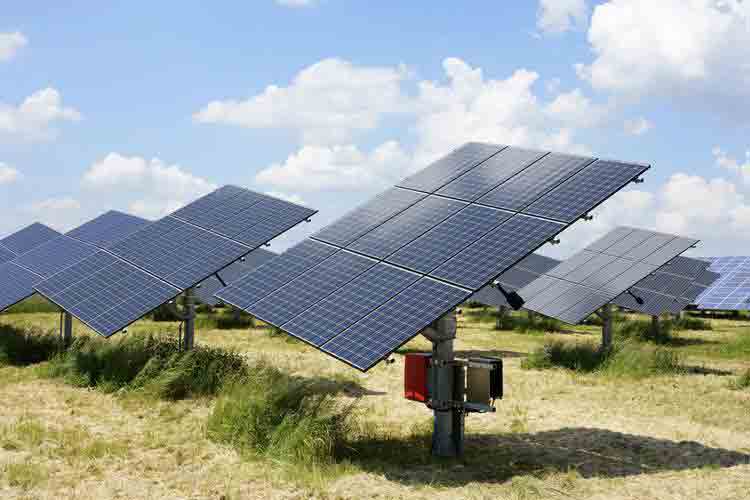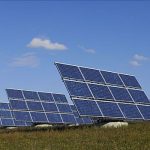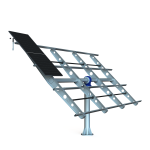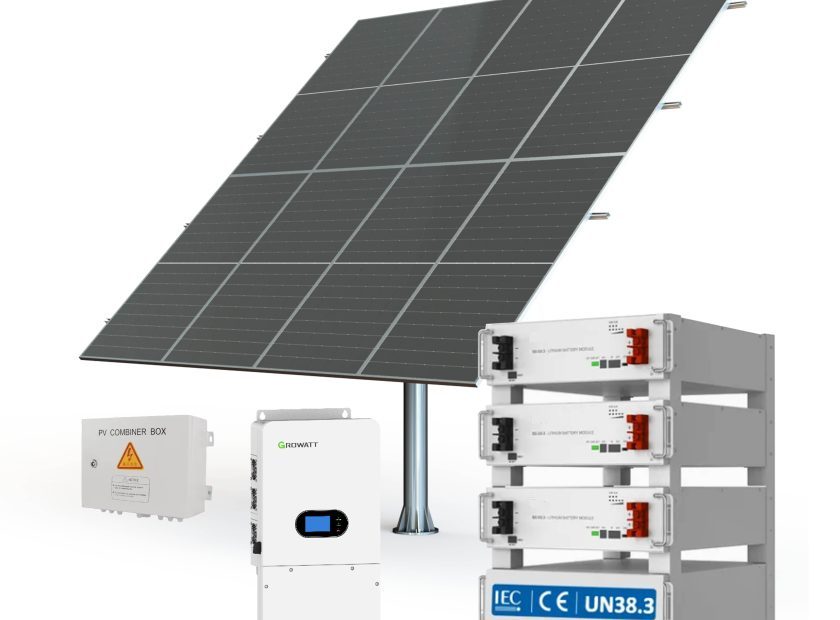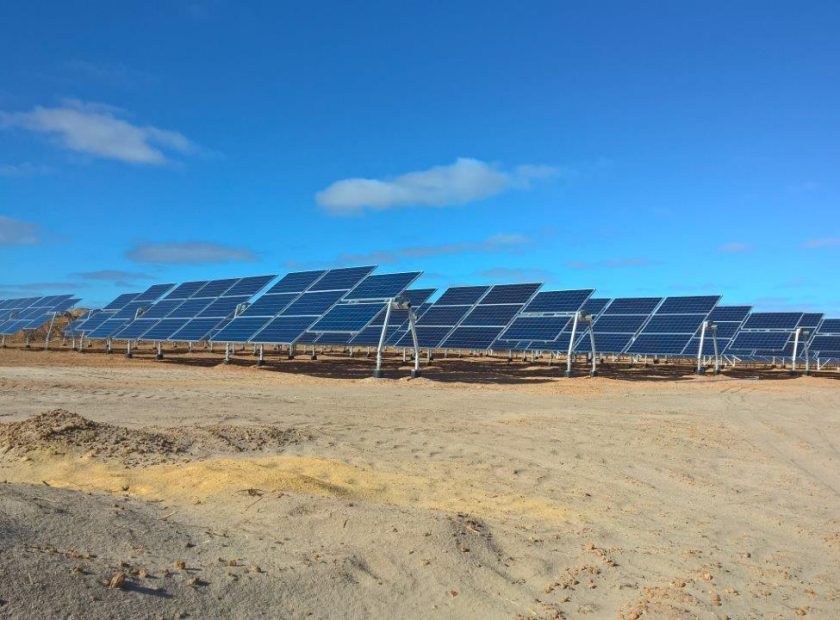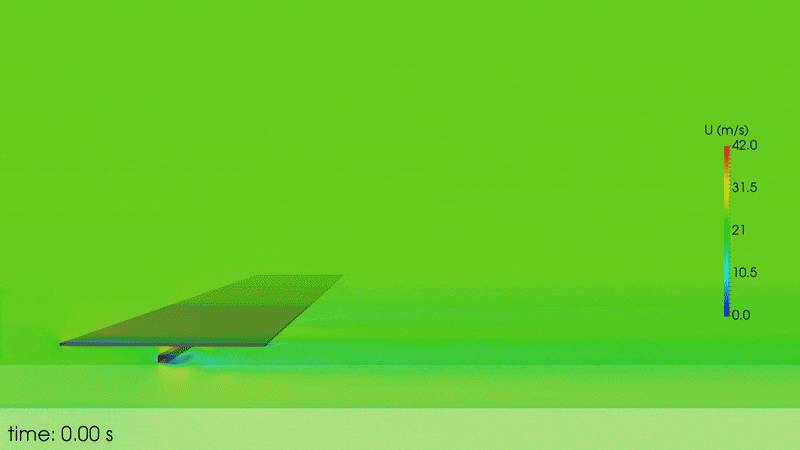
Wind Resistance Calculation and Optimization for Solar Tracking Systems
Solar tracking systems have revolutionized the efficiency of solar energy generation by maximizing the exposure of solar panels to sunlight.However,these systems must also be designed to withstand various environmental challenges,including high winds.Ensuring the wind resistance of solar trackers is crucial for their durability,safety,and optimal performance.This article delves into the importance of wind resistance calculations and optimization strategies for solar tracking systems.
Solar trackers are designed to move and adjust the orientation of solar panels to follow the sun’s path,thereby increasing energy output.However,their movable nature and often large surface area make them susceptible to wind forces.High winds can cause significant stress on the tracker’s structure,potentially leading to damage,reduced efficiency,or even catastrophic failure.Therefore,accurate wind resistance calculations and robust design optimizations are essential to ensure the long-term reliability and safety of solar tracking systems.
Key Factors in Wind Resistance Calculation
• Wind Speed and Direction
Wind speed is a primary factor in determining the forces acting on a solar tracker.The design must account for the maximum wind speeds expected at the installation site.Additionally,the direction of the wind relative to the tracker’s orientation can significantly impact the forces experienced.For instance,a tracker facing directly into the wind will experience higher loads than one positioned at an angle.
• Aspect Ratio
The aspect ratio(the ratio of the tracker’s width to its height)plays a crucial role in wind resistance.A higher aspect ratio generally results in lower wind loads on the foundation and pylon,as demonstrated in studies by[Hugergy]()and[DLR]().This is because a flatter orientation reduces the frontal area exposed to the wind.
• Structural Components
The main components of a solar tracker,including the foundation,pylon,and drive mechanisms,must be designed to withstand the calculated wind loads.Each component experiences different types of forces:
• Foundation and Pylon:These must resist the moment at the pylon feet(M{y}),which decreases significantly with increasing aspect ratio.
• Elevation Drive:Loaded by the hinge moment(M{H y}),which is crucial during operation and stow positions.
• Azimuth Drive:Relevant for the upright orientation of the panel with sideward wind attack,where the moment about the vertical azimuth axis(M{z})increases with aspect ratio.
Calculation Methods and Tools
• Finite Element Analysis(FEA)
FEA is a powerful tool for simulating the structural behavior of solar trackers under various wind conditions.By inputting parameters such as wind speed,aspect ratio,and material properties,engineers can perform detailed stress and displacement analyses.This helps in identifying potential weak points and optimizing the design for better wind resistance.
• Wind Tunnel Testing
Wind tunnel testing provides empirical data on how wind affects the tracker’s structure.By simulating different wind speeds and directions,engineers can validate the FEA results and make necessary adjustments.This method is particularly useful for complex geometries and large-scale installations.
• Field Factor and Generalized Blockage Area(GBA)Method
The field factor accounts for the influence of wind loading when trackers are placed in an array.The GBA method,described by Peterka and Derickson,helps determine the multiplying factor for wind load based on field density,external fences,and tracker position.This ensures that the design considers the collective impact of multiple trackers in a field.
Optimization Strategies
• Material Selection
Using high-strength materials such as low-alloy high-strength structural steel or Zn-Al-Mg coated steel can enhance the tracker’s durability and wind resistance.These materials maintain their integrity under significant stress and offer excellent corrosion resistance.
• Structural Design
Increasing the cross-sectional dimensions of main components and using more connectors can improve stability.Welding or bolted connections can further enhance the robustness of the structure.
• Intelligent Control Systems
Installing wind speed monitoring devices allows the system to automatically adjust the tracker’s angle or flatten it when wind speeds reach critical levels.This reduces the wind load impact and protects the system from damage.Additionally,conducting wind tunnel testing and developing intelligent adjustment systems with adaptive control algorithms can optimize the tracker’s orientation in real-time.
Wind resistance is a critical aspect of solar tracker design that cannot be overlooked.By understanding the key factors influencing wind loads,utilizing advanced calculation methods,and implementing optimization strategies,engineers can design solar tracking systems that are both efficient and durable.Whether through finite element analysis,wind tunnel testing,or intelligent control systems,ensuring wind resistance is essential for the long-term success and safety of solar energy installations.As the solar industry continues to grow,robust and wind-resistant solar trackers will play a vital role in maximizing energy production and minimizing operational risks.
